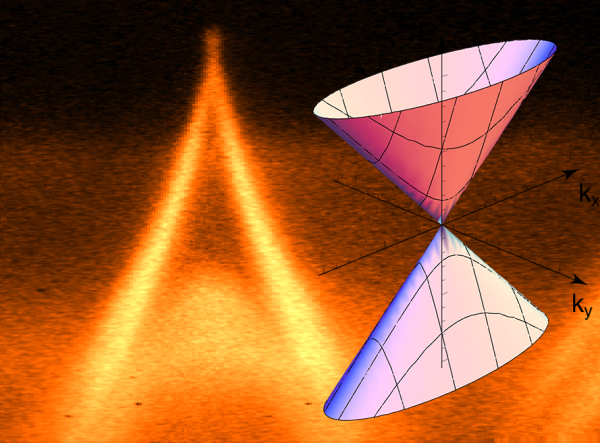Oleg Yazyev wins a Latsis University Prize
These two new paradigm-shifting classes of materials, discovered in recent decades, are likely to be of great practical use in technological applications: two-dimensional materials feature atomically thin crystals and topological materials are notable for the robustness of their electrical properties, even when subject to dramatic temperature shift or deformation of their physical structure. A necessary first step however is discovering new materials that belong to these classes.

Developments in theoretical formalisms, numerical algorithms and hardware mean that computational approaches now greatly facilitate the search for materials with new properties and Yazyev has used such techniques to make several important predictions.
Notable early achievements were linked to disorder in graphene, the first two-dimensional material to be isolated. He predicted the physical mechanism responsible for the onset of magnetic ordering in the presence of point defects as well as the structure and properties of dislocations and grain boundaries — topological defects that are inherent to realistic, polycrystalline samples of the material. Both predictions were confirmed experimentally.

Theoretically predicted and experimentally measured Dirac fermions on the surface of discovered Bi4I4 topological insulator.
Autès et al., Nature Materials 15, 154 (2016) See short news article here.
More recently, his group used high-throughput computational screening of known materials to reveal several new topological insulators and semimetals. Some of these candidate materials have already been investigated by experiments confirming the predicted topological properties. Yazyev is now extending his research to other classes of materials and application domains.
Additional articles on Yazyev's work
Carey Sargent
Low-volume newsletters, targeted to the scientific and industrial communities.
Subscribe to our newsletter